Why a PDF Diploma Doesn't Protect Against Fraud: A Technical Breakdown of Vulnerabilities
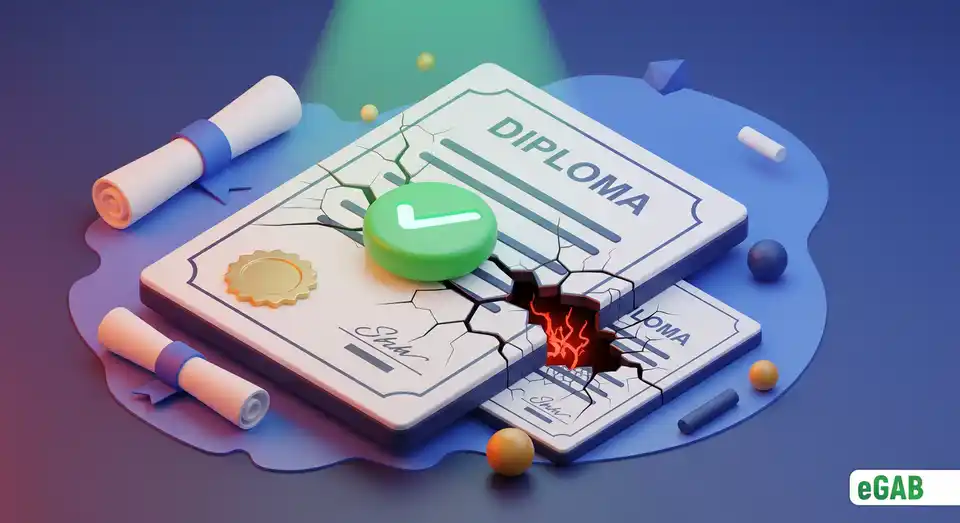
 Author:
Artem Grigoriev
Author:
Artem Grigoriev
- How Can a Signed PDF Be Forged Without Breaking Cryptography?
- What Is an Incremental Saving Attack (ISA)?
- How Does a Signature Wrapping Attack (SWA) Deceive Validators?
- Why Do Forged Signatures Get a "Valid" Status?
- What Are the Root Causes of PDF Insecurity?
- Why Is the True Issuer of a PDF Diploma Unverifiable?
- Summary: The Grand Illusion of PDF Security
So, you’ve finally got your diploma. It's a digitally signed PDF , and it looks completely official. You see that reassuring green checkmark next to the signature and feel secure. But here's the hard truth: that feeling is a dangerous and false sense of security .
The reality is, the system is built on fundamental flaws . This opens the door to widespread PDF diploma fraud -a problem whose shocking scale is revealed in the latest diploma forgery statistics. This is a massive issue for both graduates and employers. A forged digital diploma , like the ones from massive fraud rings such as the Axact diploma mill, can be made to look perfectly real. Why? The weakness isn't the cryptography itself. It’s the glaring digital signature security flaws that criminals easily exploit.
In this article, we’ll break down exactly how these forgeries happen. We'll show you why your software can be tricked into showing a "valid" status on a total fake. We'll also dig into the root problems that make a PDF such an untrustworthy way to prove your achievements, which makes it clear why technologies like blockchain and NFTs are essential for a truly secure solution.
📘 This post is part of our comprehensive guide to "eGAB:The Global Academic Blockchain Ecosystem for Digital Credentials". Explore it to find answers to all your questions ;)
How Can a Signed PDF Be Forged Without Breaking Cryptography?
This is where it gets interesting. You see, the problem isn't with the digital signature (the cryptographic method that verifies a document's authenticity) itself. The complex math, or cryptography , that "seals" your document is usually rock-solid. The real weakness is in how PDF viewers (like Adobe Reader) are programmed to check the file's internal structure. This core PDF signature vulnerability is the exact reason people ask, can a digitally signed PDF be faked? It’s like having a military-grade lock on your front door but leaving a window wide open.
A team of German security researchers figured out exactly how attackers exploit this vulnerability using three main types of attacks: Universal Signature Forgery (USF) , Incremental Saving Attack (ISA) , and Signature Wrapping Attack (SWA) .
To understand how these work, think of a PDF file as a collection of objects -things like text, images, and pages. Attackers have figured out a clever way to inject malicious content (like a changed grade or a completely fake page). They do it in a way that tricks the signature check into simply ignoring the manipulation.
Here’s the secret: The digital signature is told to check only a specific part of the file, defined by a field called
/ByteRange
. The attacks cleverly add the fraudulent content
outside
of this protected area. The result? The original signature stays mathematically perfect, but the document you're looking at has been dangerously changed. If you want a deep dive into the technical proof, the research paper
How to Break PDF Signatures
lays out all the evidence.
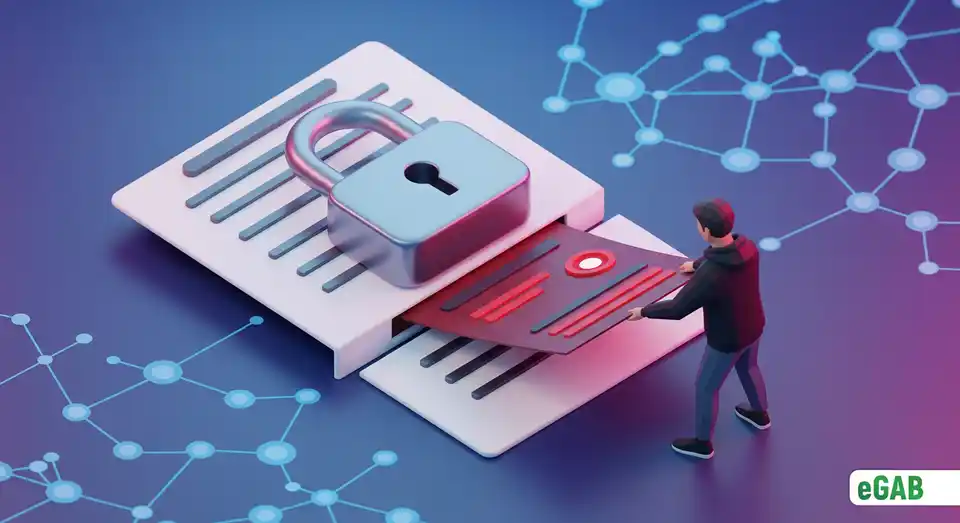
What Is an Incremental Saving Attack (ISA)?
This sneaky attack uses a legitimate PDF feature against you. You know how you can add comments or highlight a PDF without re-saving the entire file? That convenient feature is called " incremental saving " or "updating." It works by simply appending (adding) any new changes to the end of the file.
An attacker exploits this by taking a perfectly valid, signed diploma and then appending new objects to it. This new content can be anything from a different student's name to a higher GPA. They can even add whole fake pages detailing honors you never earned. This gives you a clear and surprisingly simple answer to the question of how to forge a signed PDF .
Because this new content is added after the signature was made, it falls outside the originally signed part of the document. This is where many PDF viewers get confused. They end up showing you the fake, updated information while also displaying a green checkmark saying the original signature is still valid. It’s like sticking a fraudulent Post-it note on a legally signed contract; the original signature is untouched, but the document's meaning has been completely changed.
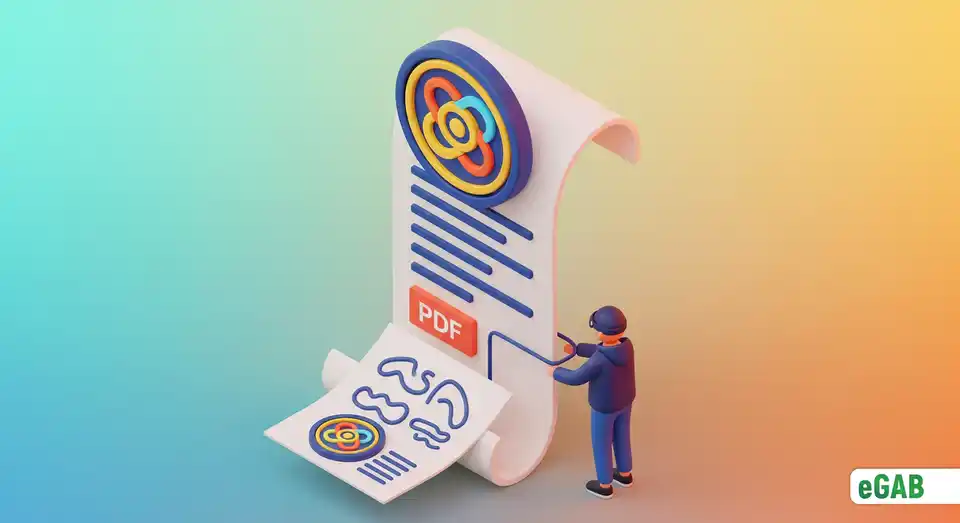
How Does a Signature Wrapping Attack (SWA) Deceive Validators?
This method is even more devious because it doesn't use the obvious "update" feature, making it much harder to detect. Think of it as a sophisticated digital magic trick.
Here’s how it works: First, an attacker takes the original, validly signed content. Then, they cleverly move that content to a part of the file that no one ever looks at. Next, they insert their own fake content where the real data used to be. Finally, they edit the file's internal "table of contents," known as the Xref , so it points to the new, fake objects instead of the authentic ones.
The truly frightening part is that the signature's
/ByteRange
still points to the original content, but that content is now hidden where it can't be seen. When your PDF viewer runs its security check, it looks at that hidden, untouched data and declares the signature valid. Meanwhile, you're looking at a completely forged document on your screen.
And this isn't just a theoretical threat. In a major academic study, this exact attack succeeded on 21 out of 22 tested desktop PDF viewers . It's astonishing, but all of them failed to notice the switch. This widespread failure shines a bright light on critical PDF validator vulnerabilities . As a result, they presented the forged document to the user as if it were completely authentic.

Why Do Forged Signatures Get a "Valid" Status?
Have you ever looked at a document you know is fake, only to see a "valid" signature status? This confusing situation is usually the result of a Universal Signature Forgery (USF) attack . This type of attack is specifically designed to fool the validator, making it skip the real cryptographic check entirely. It’s the direct answer to the question, why do forged PDF signatures show as "valid"?
Here's how it works: an attacker deliberately messes with the signature's
metadata
(the data about the signature itself). For instance, they might delete or corrupt key parts of it, like the
/Contents
field, which holds the signature data, or the
/ByteRange
field that tells the software which part of the document to check.
You’d think this kind of tampering would immediately throw an error. However, some PDF viewers, including older versions of popular software like Adobe Reader DC and Reader XI , had faulty logic. When these programs ran into one of these broken signatures, they got confused. This confusion led them to incorrectly report the signature as valid, often with a reassuring green checkmark. This flawed approach to signature validation wasn't just a minor bug; it was a critical security flaw, so serious that it’s documented in the NIST National Vulnerability Database as CVE-2018-16042 .
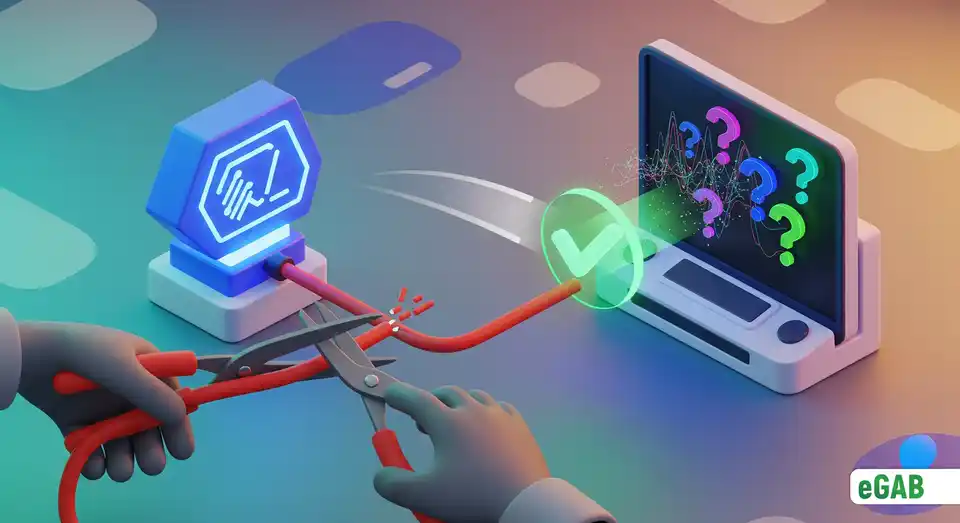
What Are the Root Causes of PDF Insecurity?
Ultimately, the whole issue boils down to two core problems. Together, they create a perfect storm for fraud.
First, the official rulebook for PDFs, a document called ISO 32000 , is surprisingly vague about how software must check digital signatures. This lack of precise, mandatory rules means every developer implements it differently. This, in turn, creates a digital landscape filled with inconsistent and often insecure products.
Second, PDF viewers are built to be " error-tolerant " on purpose. This design choice means they're made to open and display badly formed or slightly broken files without crashing or showing you warning messages. While this is great for user-friendliness, it becomes a massive security problem. Attackers exploit this very "robustness." They create manipulated documents designed specifically to fool the software, tricking it into displaying fraudulent content without a single problem. The result is a persistent PDF signature vulnerability that seriously undermines the entire ecosystem.

Why Is the True Issuer of a PDF Diploma Unverifiable?
This might be the single biggest problem of all. A standard PDF file simply has no secure, built-in way to prove where it actually came from. This weakness leads to a critical question: how can you verify if a digital diploma is legitimate? It means a fraudster can easily copy a university's logo, official stamps, and letterhead, and you'd have no reliable way to know if it's fake. There's just no " trust anchor "-a definitive source of truth-to verify the document's real source. That's a gap now filled by solutions like the eGAB global academic blockchain ecosystem.
There is no central, trusted global database for PDF diplomas. This makes it impossible for software to automatically check something vital: it can't tell if the person or organization that signed the document is a real, accredited school. This means a fake digital certificate can look just as valid as a real one because there's no trusted Certificate Authority (CA) or Trusted Third Party (TTP) for the software to check against.
So, what does this all mean? Even if a PDF has a technically valid signature, you can't be certain where it came from. Verifying PDF diploma authenticity becomes nothing more than a guessing game. You have no way of knowing if it was signed by a real university registrar or cooked up by a scammer in their basement-a world away from seeing what an NFT diploma looks like on a truly verifiable platform. Advanced standards like PAdES (PDF Advanced Electronic Signatures) are designed to fix this. They work by linking signatures to trusted, verifiable identities. But their adoption isn't widespread yet, and even when they are used, they can be set up poorly. The European Telecommunications Standards Institute (ETSI) is leading the charge to define these more secure frameworks, but the industry as a whole still has a long way to go.
Takeaway: That "valid signature" checkmark you see in a PDF viewer only confirms one thing: the original, signed part of the file hasn't been mathematically tampered with. It does not verify the content you're looking at, and it certainly doesn't confirm the identity or authority of the issuer. This difference is the critical loophole that makes sophisticated PDF diploma fraud possible.
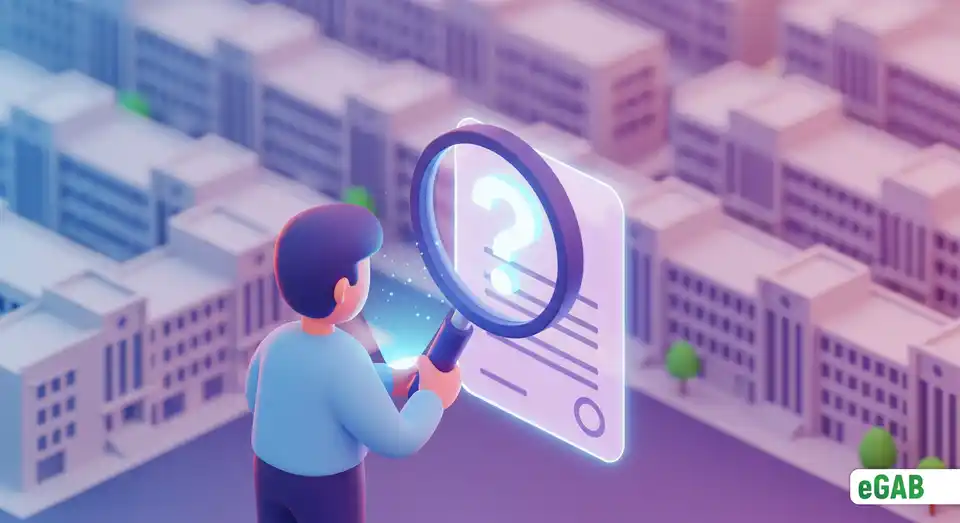
Summary: The Grand Illusion of PDF Security
So, what’s the final verdict on that digitally signed PDF diploma? To put it bluntly, it’s a house of cards. The core takeaway is this: that reassuring "valid signature" checkmark you see is dangerously misleading. At worst, it’s an open door for sophisticated fraud.
Interestingly, the problem isn't the cryptography itself. That mathematical seal is usually rock-solid. The real issue is the deep-seated PDF signature vulnerabilities built right into the very structure of the files and, crucially, into the software that reads them. This creates a perfect storm, an environment where a forged digital diploma can look identical to a real one.
This article has walked you through exactly how this deception happens. You see, attackers don't even need to break the cryptographic seal. Instead, they skillfully exploit the way PDF viewers are designed to work.
Let’s look at their methods. One is the Incremental Saving Attack (ISA) , a trick that cleverly tacks fake information onto the end of the file. Another is the more devious Signature Wrapping Attack (SWA) . Think of it as a digital magic trick that hides the original signed content and shows you a forgery instead. Along with these, the Universal Signature Forgery (USF) attack also poses a major problem, as it cunningly tricks validators into skipping vital security checks altogether. All these methods prey on the same weaknesses: vague industry standards and "error-tolerant" software. The software is built to be forgiving, not secure, which tragically means viewers are programmed to display these manipulated documents without raising a single alarm.
But here’s the most critical failure, the one flaw that truly shatters PDF security: you simply can't verify who actually issued the document. A PDF has no built-in trust anchor -a reliable way to confirm the source. As a result, there’s no foolproof method to verify if a digital diploma is legitimate , as there's no global authority for the software to check against. A scammer can perfectly replicate a university's branding, and the PDF viewer has no way of knowing it's not from an accredited institution.
Ultimately, that green checkmark only confirms one thing: that a small, original piece of the file is mathematically intact. It tells you nothing about the content you're actually viewing and, more importantly, says nothing about the signer's true identity and authority. This critical distinction is a gaping loophole that underscores the need to adopt the future of digital academic credentials, making widespread PDF diploma fraud not just possible, but deceptively simple to pull off.
➡️ How widespread is this problem? Now that you know the technical vulnerabilities, it’s crucial to see the scale of the issue. Check out the latest diploma forgery statistics for 2025.

The Axact Case: Anatomy of an International "Diploma Mill"
Choosing a Blockchain for Academic Credentials: A 2025 Comparison Guide
Why Leading Universities Choose eGAB for Issuing & Managing Digital Credentials
The Tangible Benefits of eGAB for Universities, Students, and Employers
How eGAB Fulfills the Vision of the Global Digital Credentials Management Program
